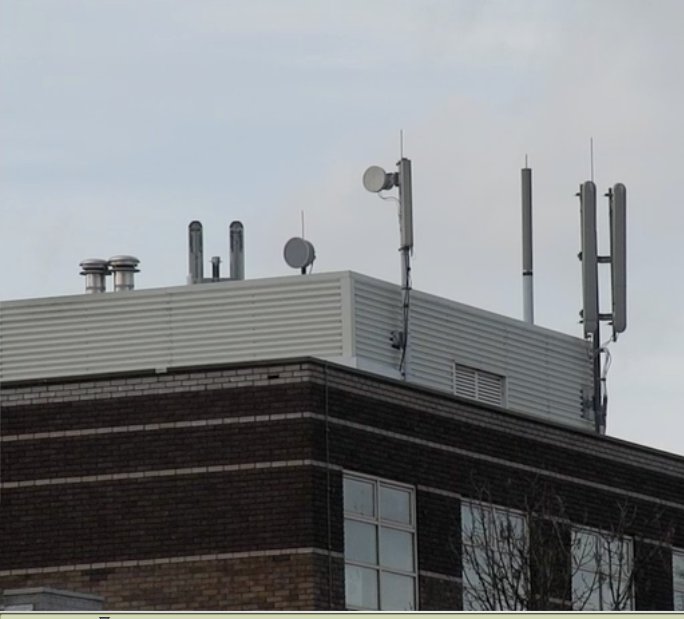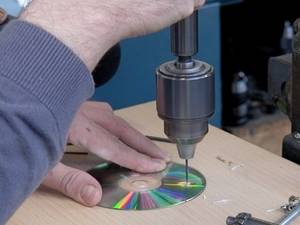Naked Engineering - Why a Mobile Phone Call is like a Sudoku
Interview with
Albert - The first thing that happens is that your speech or speech signal is translated or converted into an electrical signal inside of your mobile phone, which is then digitised and reconverted into a long string of zeros and ones. These are again remapped into a different type of signal, which is suitable for transmission from your mobile phone antenna. This signal then arrives to the nearest base station which then puts you through the next level in the phone network and eventually connects you to the office.
Meera - So you say, whilst someone's out on the move, their environment is constantly changing. How is the signal changing?
 Albert - When we move, the signal that either we or the base station transmits bounces on buildings, cars, other users, trees, and we have no way of knowing what the signal is going to be. Sometimes, these multiple paths or multiple signals, or multiple bounces of the signal will add constructively so we will have a very good reception. Other times, these components will add destructively. The mobile phone periodically trains itself to learn what the channel characteristics were then using that information, it can reliably recover the data. Often what happens as well is that information is transmitted in different frequencies and if one of the frequencies is down for whatever reason, then information can still be restored from the remaining frequencies.
Albert - When we move, the signal that either we or the base station transmits bounces on buildings, cars, other users, trees, and we have no way of knowing what the signal is going to be. Sometimes, these multiple paths or multiple signals, or multiple bounces of the signal will add constructively so we will have a very good reception. Other times, these components will add destructively. The mobile phone periodically trains itself to learn what the channel characteristics were then using that information, it can reliably recover the data. Often what happens as well is that information is transmitted in different frequencies and if one of the frequencies is down for whatever reason, then information can still be restored from the remaining frequencies.
Dave - I guess even this isn't going to reproduce your perfect signal and if you originally compress the data very, very hard, even a few errors are going to cause complete havoc with the sound. I think this is where your work comes in...
Albert - Yes, that is right. What the mobile phone does is add another building block called error correction and it does it in such a way that even in the presence of errors, or even in the presence of destructive interference or fading from the channel, we can still recover our data reliably. So for example, one simple way one could think about this is to repeat the original compressed bit stream twice or three times. This clearly adds redundancy, it would make transmission more reliable, but the data rate will suffer significantly. Instead, what all communication systems use are error correction codes that are mathematically more sophisticated than this simple repetition code. One primary example of that is what is used in CDs where a code called the Reed-Solomon code is employed.
Meera - We've now come down to one of the engineering workshops where Dr. Yossi Sayir is busy drilling holes into a CD. Now Yossi, this does actually relate to what we've been talking about with mobiles. Why are you drilling holes into these CDs?
Yossi - So I'm trying to illustrate on the CD, how error control coding works. We've drilled some holes at the beginning of the first track of this CD. The CD uses an error correction mechanism which should be able to hopefully play the sound despite the fact that we've drilled holes in it, so it should be able to overcome the channel disturbance that we introduced.
Dave - They've put this in there, so even if you scratch your CD, it's not completely worthless.
Yossi - That's the idea, right.
 Meera - Well, we do have our wonderful Naked Scientists theme tune on this particular CD that you've drilled away at, so let's see if this hole - it's about 2 millimetres wide - has made a difference and whether this track is going to play...
Meera - Well, we do have our wonderful Naked Scientists theme tune on this particular CD that you've drilled away at, so let's see if this hole - it's about 2 millimetres wide - has made a difference and whether this track is going to play...
Yossi - So I'm going to put it in now, press the play button, and hopefully it will work.
Meera - That hole was pretty much towards the beginning of the track and as we heard there, it was still playing very smoothly.
Yossi - Basically, what's happening here is we've added structure to the data. I think the best way to think about it is to think about Sudoku puzzles. The information would've been encoded into the CD as a full Sudoku puzzle. By drilling holes or scratching the CD, we're erasing some of the information, which is very similar to what's happening in mobile phones where the wireless channel is doing that for us. The task of the reader or the receiver in the case of wireless communication would be to fill-in those gaps and try to guess their missing numbers.
Meera - Now moving back to you Albert then, what about the different types of signal, so 1G, 2G, GSM, how do these differ? How does error correction differ, or the handling of these holes differ, with these different types of signals?
Albert - So the major change occurred when GSM or 2G was introduced because GSM was the first all-digital wireless communication system which featured error correction and data compression, while 1G was an analogue communication system. Future generations including 3G, 4G, 5G, the main aim will be to progressively adapt to the channel characteristics and allow to transmit higher and higher data rates. In order to help us achieve this goal, future systems will also feature multiple antennas at a transmitter or at a receiver which will help us increase reliability and data rate.
Dave - That was Dr. Albert Guillen and before him, Yossi Sayir, both from the Engineering Department at the University of Cambridge.









Comments
Add a comment